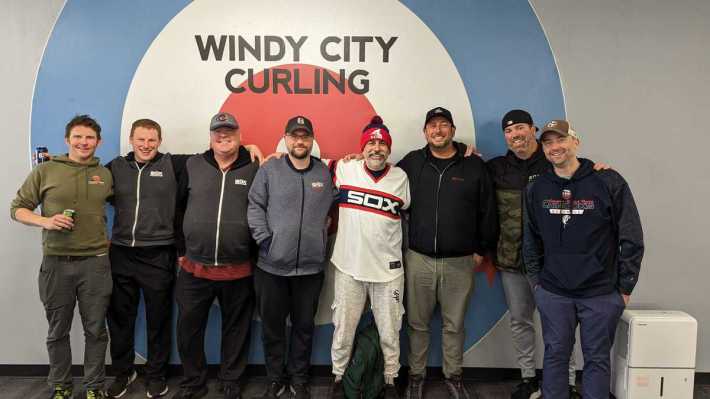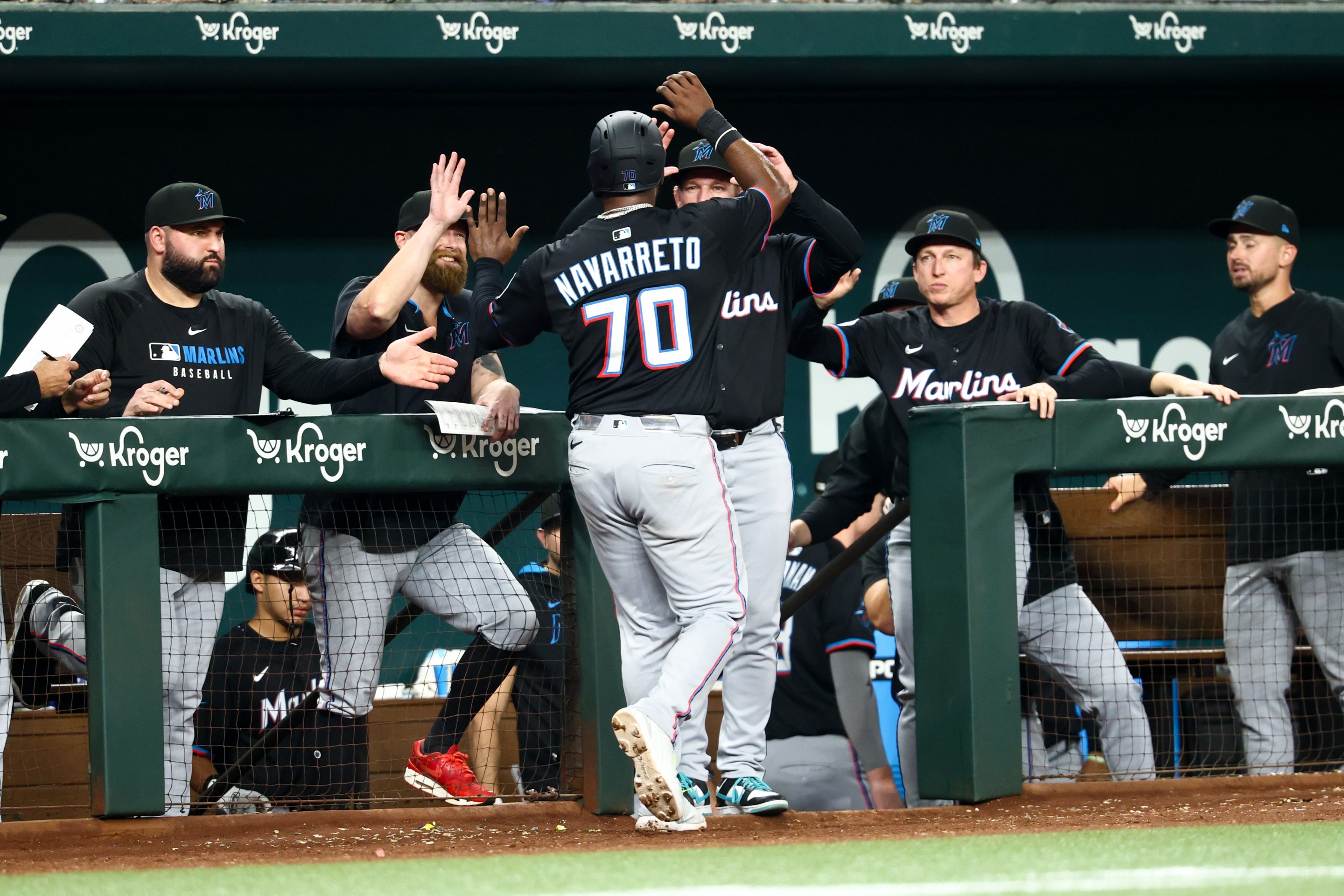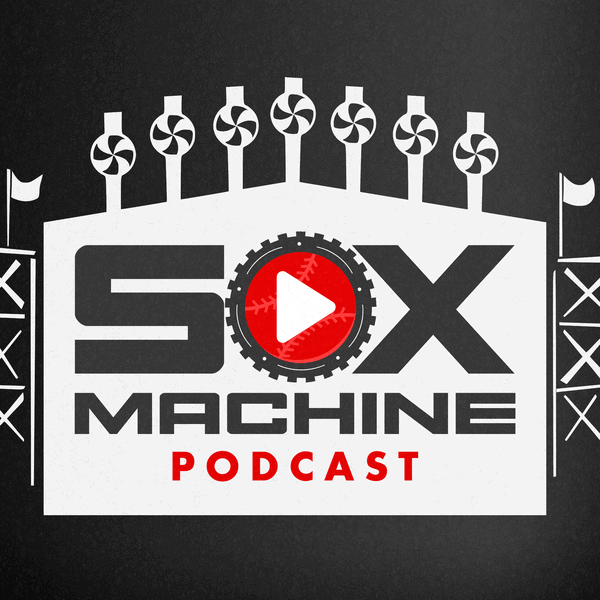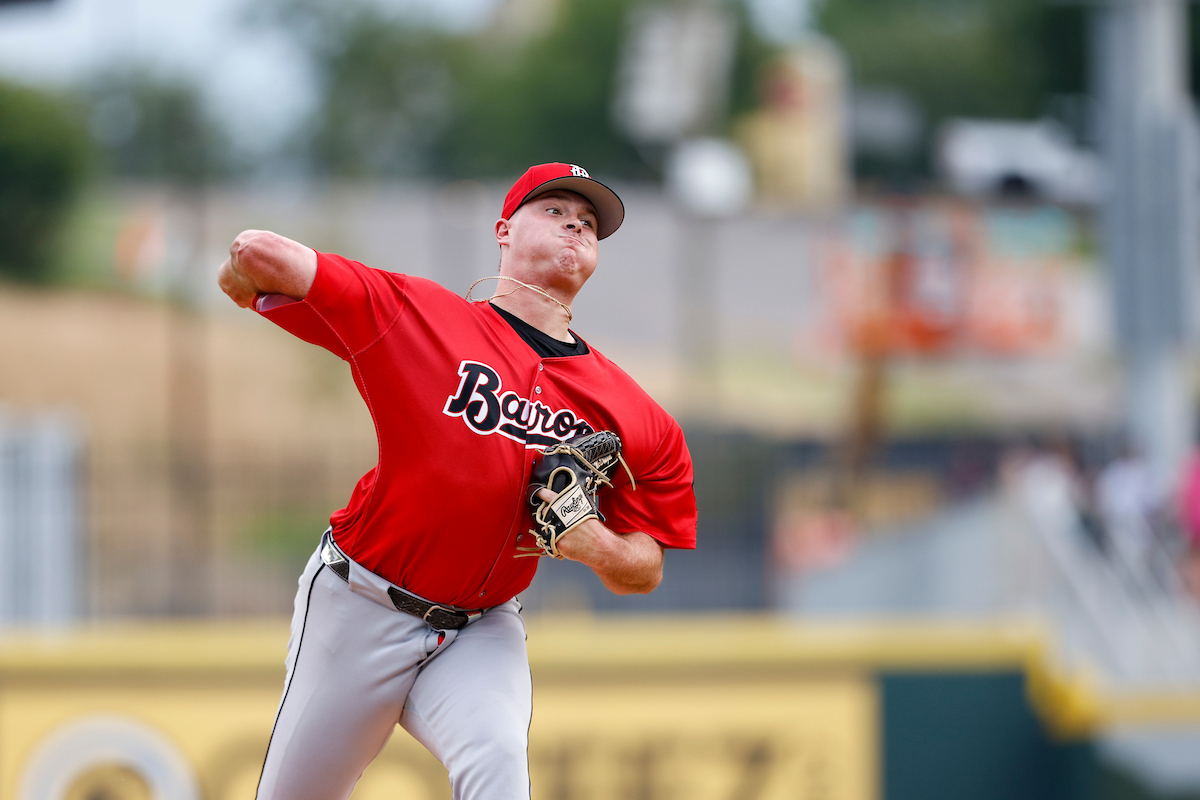I spent the previous few days back home in the Chicago suburbs, because we hosted a small learn-to-curl event at Windy City Curling in Villa Park with a few members of the Sox Machine Veterans Committee and our friends From The 108.
We kept the event small and simple because I'd never been to WCC, and they'd never been to me, but the hospitality was excellent,. it seems like everybody had fun and nobody got hurt, and I'm proud to report that the Sox Machine team emerged victorious with a 5-1 victory over the 108ers. Then we hung out in the game room and watched the White Sox lose to the Rays in extra innings.

Suffice it to say, this won't be the last Sox Machine curling event.
If you were given the GM role tomorrow, what would you do? Is the championship window closed (i.e. try to trade Gio, Burger, etc)? Or are there things that can be done to extend the window realistically?
-- William T.
I think I’d treat it less like a window that’s closed, and more like a dead end that needs to be backed out of. The White Sox are not like the Tigers at the end of the Dave Dombrowski era, where the roster was old, expensive for years to come, and with no farm to provide cheaper options. The White Sox roster isn’t cheap, but a lot of the roster is still (theoretically) in its prime, and significant dollars will melt off the books over the next two years, so there is some room to maneuver.
Ideally, the White Sox hired me because I successfully presented a plan to hire a baseball operations department that rivals Tampa Bay’s in terms of size. I’d want that staff to first inform me about the consensus opinions about the talent on hand – Luis Robert Jr., Eloy Jiménez, Yoán Moncada, Tim Anderson, Michael Kopech, Jake Burger, etc.
From there, you’d have a better idea of the project’s size. If there’s a consensus that a quorum of these players are worth keeping when paired with whatever coaches and regimens, then that’s probably enough incentive to largely stay the course. We’ve already seen a rebuild not work, and unlike the Chris Sale/Jose Quintana/Adam Eaton triumvirate, the Sox don’t have many players at the apexes of their value. Maybe you try to trade some veterans because they’re leaving anyway – Giolito, namely – but otherwise, you try to reduce the number of positionless bats to one out of 13 and go from there.
If there isn’t a whole lot of optimism about the roster ever functioning at the same time, then more severe action is required. That’s when Anderson/Cease/Vaughn/Robert come into play as potential trade assets – not because it’s a teardown, but because those players are the fastest way to add talent to reshape the roster into something that fits.
Will the White Sox get above .500…like this season?
-- Humberpie
The easy answer is no, but the schedule gives me pause, because even a healthy team might be several games below .500 at the end of this April slate. They’re not falling five games below .500 against the likes of Kansas City and Oakland with real competition yet to arrive. These are good teams they’re playing – even the Pirates aren’t the pushovers they’re supposed to be – so the fact that they haven’t had any losing streaks suggests shows that this team has some talent worth respecting in the long run.
The problem is that this current team is letting us know what the roster looks like if the players who are currently injured get hurt again, or if Robert joins them like he’s been known to do. They're already 0-3 on this 10-game stretch, with four in Toronto and three more against the Rays. 3-7 now looks optimistic, and that'd put them at 10-19. I’d assume that the Opening Day 26-man roster could play at an 86-win pace over the remainder of the season, but I wouldn’t say the same about a team that misses Hanser Alberto because Romy González is that much worse.
Long story short, I’m going to say “no.” I’d love for them to prove me wrong.
Let's assume the Sox continue losing. At what point do they move players?
-- Michael K.
The James Shields trade happened on June 4, 2016. Maybe the Sox can be on the other side of that desperation.
The Dodgers really need a shortstop. Would you trade TA for Cartaya (blocked), Stone (7th pitcher so blocked) and Frasso (40 man issues). All would be in the Sox top 10 maybe even 1,2, 8.
-- Doug W.
I would, although I wouldn’t call Gavin Stone blocked. I don’t think a starter who stands a good chance at providing viable MLB innings for a team in a given season is ever really blocked. There’s actually a case that he should have started for the Dodgers this week instead of Tony Gonsolin.
As for the package itself, it’s a step down from the Nationals getting Keibert Ruiz and Josiah Gray for Trea Turner, but 1) Turner is a step up from Anderson, and 2) that trade also involved Max Scherzer, so that’s too much noise for a direct comparison. It definitely sounds like too steep a price until Anderson shows he's all the way back.
Who are some potential GM candidates that you would like the Sox to pursue when they fire Hahn? (Understanding this is April and Jerry doesn't fire anyone)
-- Tim B.
Dana Brown was my answer to this question before the Astros hired him, although if Jim Crane wants more and more credit for the Astros' success, I wonder whether Brown will pay the consequences for hubris. I'd also be curious what David Stearns is doing with the Brewers. He said he wasn't a candidate for any other teams last year when he stepped away from his everyday role with Milwaukee. He'd be a team president type, not a GM, but you'd have to be comfortable with replacing Kenny Williams.
"Anybody from the Rays" also suffices, although Chaim Bloom is there to show you that if the owner is intent on cramping his style, such a pedigree only goes so far.
If Hahn is entrusted with another fire sale (sigh), how would you compare the starting point to 2017? Cease/Robert/Anderson/Kopech doesn’t seem comparable to Sale/Quintana/Eaton in trade taking money and years of control into consideration, and most of their assets after that appear to be underwater.
-- Trooper Galactus
It’s worse. The contracts that Sale/Quintana/Eaton signed were no-brainers before the ink dried, and they were no-brainers for the teams that acquired them. Even though Quintana disappointed with the Cubs relative to what they gave up, he always outproduced his salary, so it wasn’t a double-whammy. The extensions that Jiménez, Robert and Moncada signed all looked like the players left a little money on the table, but they made the team incur some risk, and now we’re seeing what that risk looks like. They’re actually financial obligations, and while teams would definitely be excited by Robert, and I imagine lots of teams still love Jiménez’s bat, they’d also have to ask the question “What if they keep getting hurt?”
What do you think is the point where this all turned south? While I want to say it was hiring TLR, the were a 93 win team that season that held up against a lot of injuries. Is there a moment/decision that it all went wrong?
-- Andrew S.
It has to be the Tony La Russa hire, just because everything was so carefully arranged beforehand, and then they threw a complete disruption that warped the context for evaluating the state of the team.
There was a chance that La Russa could’ve worked because he’s a Hall of Famer Baseball Person, and the 2021 season reflects that. Maybe the Sox could’ve stitched together the parade of role players like La Russa did, but it happened under La Russa’s watch and he gets credit for that.
But the decision also carried inherent and unique risks – that he wouldn’t be able to physically perform his job, and that his tight relationship with Jerry Reinsdorf would warp the chain of command. We’ve seen the deleterious effects of these specific conditions before. Kenny Williams didn’t have the power to fire an Ozzie Guillen whose main priority was getting Kenny Williams fired, and Rick Hahn couldn’t fire Robin Ventura.
The way the White Sox went south in 2022 would not have happened under any other manager, and because the White Sox were managed in such a demented way, it allowed Hahn to operate as though the same roster under an invested manager would have a lot more promise.
Rick Renteria’s White Sox career gives Sox fans a glimpse of how a normal team operates. He ran the Sox respectably, they improved under him, but you could easily tell what they lacked against other serious competition, and when Renteria’s own limitations became apparent, the Sox made the professional decision to pivot. And then they ended up in a situation where they got locked into place. It was such an unforced error.
Where do we go from here realistically? The White Sox seem to do the same things over and over expecting different results. Is this all we can expect while Reinsdorf is the owner? Is there anything positive we can hold onto this season and in the future under his leadership?
-- orajestad9
Because we have the handy example of the Bulls with Gar Forman and John Paxson, I assume things will remain largely the same until Kenny Williams and Rick Hahn leave. Any success won't be entirely due to luck, but they also can't be counted upon to make their own.
A lot of us thought this was the year Luis Robert reached superstar status. Still possible?
-- Matt H.
Yup, at least a WAR superstar. He’s running really well, and he’s been hitting the ball mostly hard. The way his place discipline comes and goes – and it’s gone right now -- limits him from being a steady threat who gets serious elite/MVP consideration, but I think Byron Buxton is a good example, where you look at various patches over the course of the season and say “This player was created in a lab.” As long as you surround him with enough talent to cover for his disappearances, you'll be OK. That's why the White Sox are not OK.
Given shorter start durations in recent years, why isnt a regularly appearing long reliever a thing? Say a 2-3 inning appearance every 4th-5th day, I’ve wondered if Kopech would best be used this way.
-- Gar Ridge
I’ve wondered the same thing, especially watching the way the Rays are able to cover innings in all sorts of ways because they have an assortment of multi-inning pitchers. My guess is that you really have to emphasize that sort of pitcher because today's game has evolved to make that sort of role avoidable. Eight-reliever bullpens are the standard, good teams have a few more at Triple-A they can cycle through when needed, and teams started leaning heavily on position players pitching to sop up the most pointless innings. That all made it easier to focus on training pitchers to provide the best possible inning, rather than settled for a mediocre two or three.
With the White Sox losing some of their experienced low-leverage guys, it wouldn't surprise me to see them use Tanner Banks or Jesse Scholtens in that long-man role, and they wouldn't be foolish to do so.






